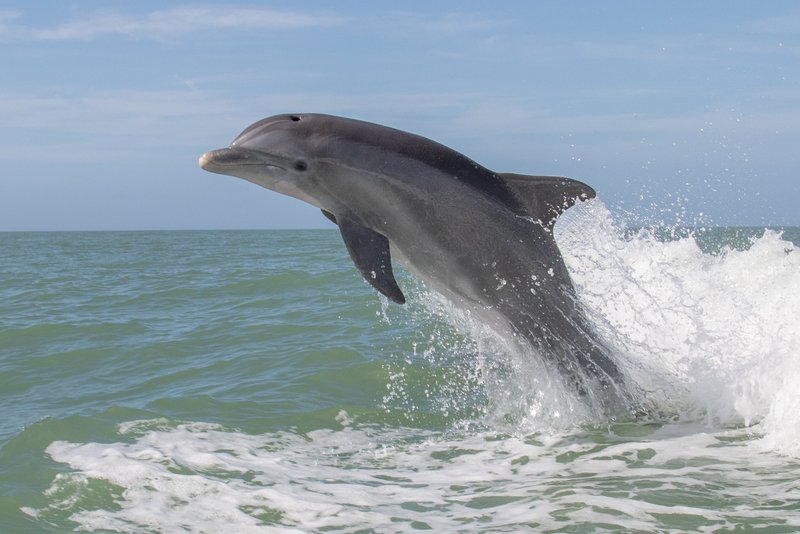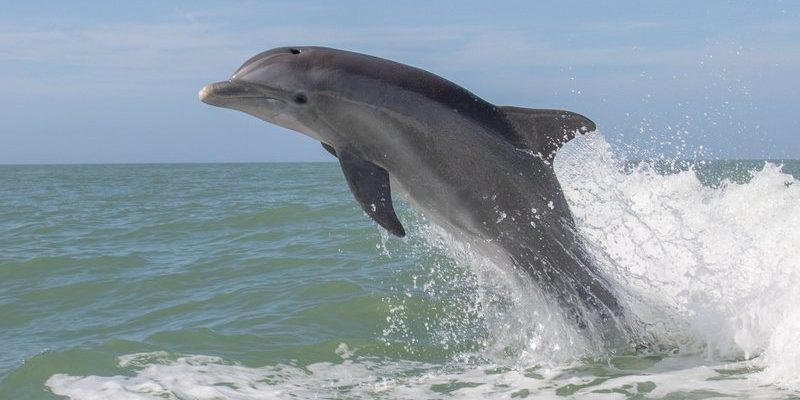
So, what exactly are these threats? Imagine a beautiful beach day suddenly turned chaotic by pollution, fishing nets, and noisy boats. For bottlenose dolphins, this chaos is their everyday reality. In this article, we’ll explore the main threats to these beloved marine mammals and what we can do to help them thrive in the wild.
1. Habitat Loss
One of the primary threats to bottlenose dolphins is habitat loss. Their coastal habitats, including bays and estuaries, are increasingly being transformed by human activities. Picture this: a quiet bay filled with sea grass, which serves as a nursery for baby fish and a hunting ground for dolphins. Now, imagine that bay being filled with boats, docks, and noisy construction. This disturbance can drive dolphins away, making it harder for them to find food.
Habitat loss often results from coastal development, pollution, and climate change. As sea levels rise, the marshlands and estuaries where dolphins often feed are submerged or degraded. Moreover, coastal development can lead to the destruction of vital habitats, like mangroves, which serve as shelters and breeding grounds for many marine species.
In addition, marine traffic increases in these areas, creating more noise pollution that can confuse dolphins. They rely heavily on echolocation to hunt and communicate, and excessive noise from boats makes it harder for them to navigate their environment.
2. Pollution
Pollution isn’t just a buzzword; it’s a real danger to bottlenose dolphins. Think of it as a toxic cocktail swirling in the ocean, impacting the health of marine life. Chemicals like pesticides, heavy metals, and plastic waste find their way into the ocean, where they can accumulate in fish, which are a primary food source for dolphins.
Heavy metals like mercury can build up in dolphins’ bodies over time and lead to serious health issues, affecting their reproductive abilities and overall well-being. This situation leads to lower birth rates and, in some cases, can result in deaths.
Furthermore, plastic pollution poses a unique threat. Dolphins can accidentally ingest plastic debris while hunting for fish. This can lead to blockages in their digestive system or, even worse, lethal internal injuries. With oceans filled with plastic waste, dolphins have become victims of our careless disposal habits.
3. Fishing Practices
Fishing practices pose significant risks to bottlenose dolphins. One of the most concerning issues is bycatch, where dolphins get accidentally caught in fishing nets and gear. Imagine being trapped in a net with no way out—this is the reality for many dolphins.
Commercial fishing operations often use large nets and traps that can ensnare dolphins along with their intended catch. These nets not only entrap dolphins but can also lead to injury or drowning if they can’t come to the surface to breathe.
Additionally, overfishing reduces the available fish population, which means dolphins have to travel farther or spend more time hunting—putting them at risk. As the competition for food increases, dolphins may struggle to find sufficient nutrition, affecting their health and that of their calves.
4. Climate Change
The effects of climate change are far-reaching, and bottlenose dolphins are not immune. You might be wondering how climate change, a global issue, affects these marine mammals. Here’s the thing: as ocean temperatures rise, it can alter the distribution of fish species, impacting dolphins’ food sources.
Warmer waters can also contribute to the spread of diseases that affect marine life. For instance, increased algae blooms can produce toxins harmful to dolphins, leading to health complications and even death.
Moreover, climate change can lead to severe weather events, causing habitat degradation and loss. Rising sea levels may lead to the destruction of critical coastal habitats that dolphins depend on for foraging and breeding.
5. Boat Traffic
Imagine trying to enjoy a sunny day at the beach while a fleet of speedboats zooms by. For bottlenose dolphins, this noise and disruption can be a daily nuisance. Boat traffic is one of the more visible threats to these marine mammals.
The sound from boats can interfere with dolphins’ communication and echolocation. They depend on sound waves to understand their environment, locate prey, and interact with each other. If too many boats crowd their living space, dolphins may become stressed and avoid areas they once frequented.
Moreover, collision with boats can be deadly. Dolphins can suffer severe injuries when struck by fast-moving vessels, which can lead to fatalities. It’s a tragic situation that highlights the need for better management of marine traffic in dolphin habitats.
6. Human Interaction and Ecotourism
While it’s great to see people eager to learn about and interact with dolphins, human interaction can sometimes have negative effects. Ecotourism, when managed poorly, can lead to disturbances and stress for these animals.
Think of how stressful it can be for a dolphin to constantly swim away from boats filled with tourists vying for a glimpse. If boats get too close or chase after dolphins, it can disrupt their natural behaviors, like feeding and socializing.
Responsible ecotourism should focus on observing dolphins from a respectful distance, allowing them to thrive in their natural environment. Educating tourists about dolphin behavior and promoting best practices can help minimize these negative interactions.
7. Conservation Efforts
In the face of these threats, many organizations and individuals are stepping up to protect bottlenose dolphins. Conservation efforts focus on creating safe habitats, reducing pollution, and encouraging sustainable fishing practices.
For instance, marine protected areas (MPAs) have been established in some regions to safeguard crucial habitats from human activities. These protected zones help prevent overfishing and habitat degradation, giving dolphins and other marine life a chance to thrive.
Education plays a vital role as well. By raising awareness about the threats dolphins face, we can inspire people to participate in clean-up efforts, reduce plastic use, and support organizations dedicated to marine conservation. Every little action counts and can help safeguard the future of these remarkable creatures.
Conclusion:
Bottlenose dolphins are enchanting creatures that bring joy to many. However, they face significant challenges in the wild due to human activities and environmental changes. From habitat loss and pollution to fishing practices and climate change, these threats are complex and interconnected.
Understanding these issues is the first step toward helping dolphins thrive in their natural habitats. By being more mindful of our actions and supporting conservation efforts, we can contribute to a brighter future for bottlenose dolphins. Here’s to a world where these magnificent animals can continue to leap joyfully through the waves—free and thriving.

